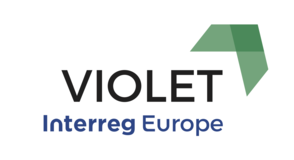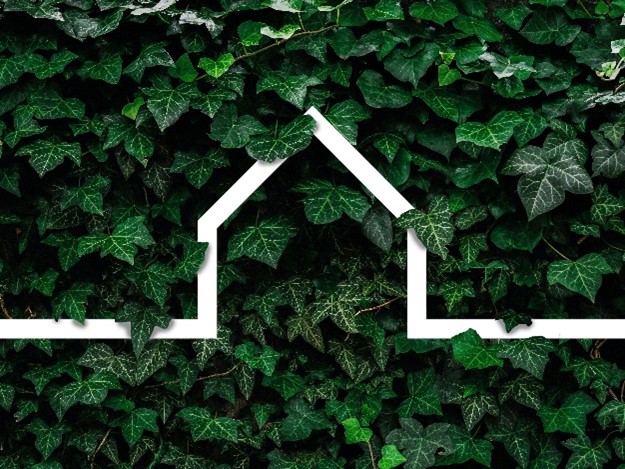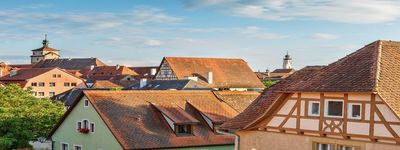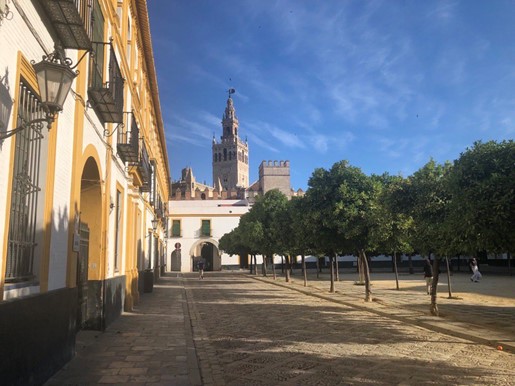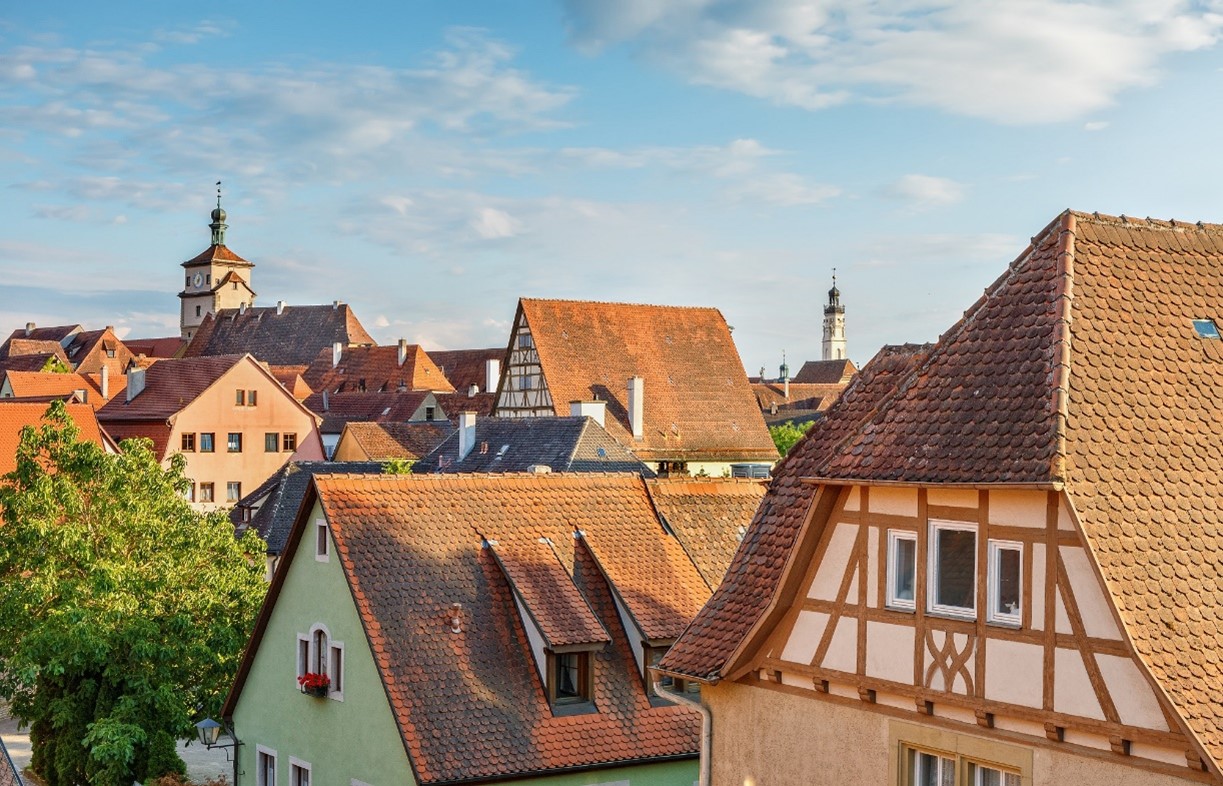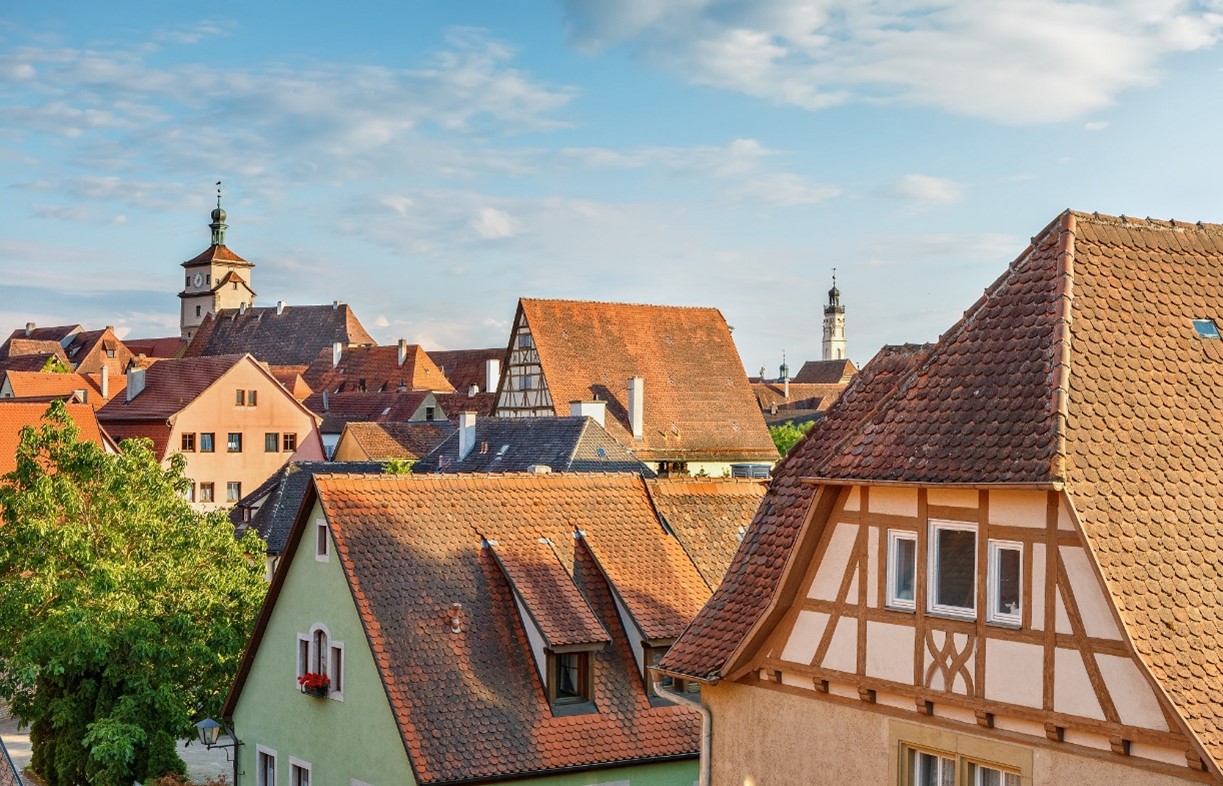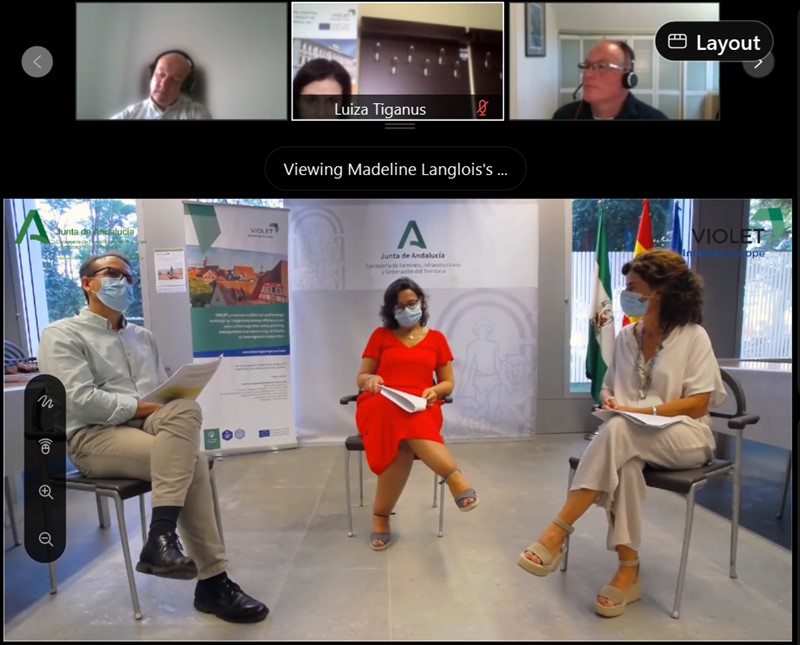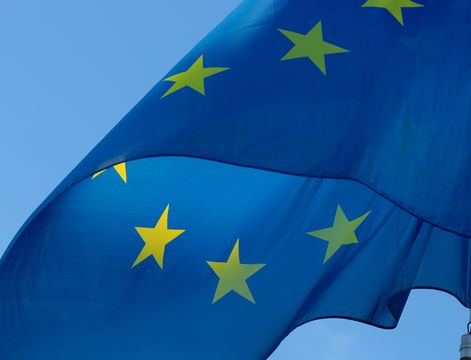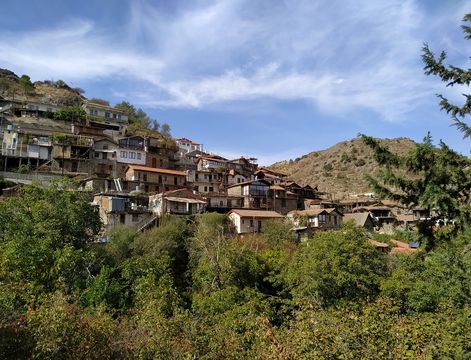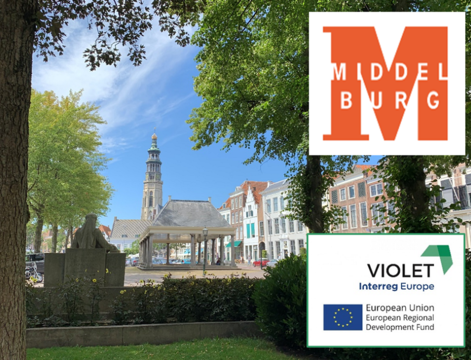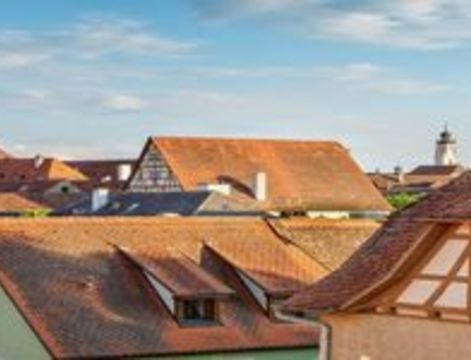- Who was involved?
Besides the members of all partner countries, stakeholders from Cyprus and Romania participated.
- What happened?
During the morning session of the first day, the procedural aspects of the project were presented. The participants discussed the project’s progress across all the involved countries. The next steps were defined in order to ensure that the activities are in line with the project’s schedule . The second half of the first day was devoted mainly to the presentations from the members of the Cyprus’ CoP, who gave through their different specialities, the State of Art in Cyprus regarding the VIOLET’s objectives. A presentation from the project’s coordinator (RESOLVO), regarding the common points/differences of the multi-sector approach in the involved countries, followed.
The day completed with the results from the participative session on ‘ Solutions of the Weaknesses and Threats of the Multi-sector Approach’ and the presentation of ‘ Relevant criteria for selection of Good Practices in the framework of Interreg Europe Programme’.
In the evening, an optional tour at the old city was provided by the host partner (CEA). All the partners chose to participate and they had the opportunity to see samples of the traditional, historical and cultural architecture of the city.
The 2nd day of the project meeting included visits to two of the most characteristic, in terms of cultural heritage - villages of Cyprus, Kalavasos and Lefkara.
Kalavasos has a history of around 9,500 years, therefore a lot of influences from the different inhabitants/colonists of the island, are obvious on the village’s architectural and cultural heritage. Besides the tour in the village, the guests had the opportunity to see the successful restoration & renovation of traditional residences, to a hotel.
Lefkara, have a history of around 1,000 years and as it’s considered an example of the traditional settlements in Cyprus, numerous buildings of the village have been listed by the ‘Department of Antiquities’ and the ‘Department of Housing and Urbanism’. In addition, over the last 40 years, several buildings have been rehabilitated by the ‘Department of Antiquities’. The guests had the opportunity to walk around the village and informed by a local resident, about the various stages of the village in history.
The 3rd and final day of the project meeting, was devoted to a ‘round table’ discussion between the partners from Cyprus (CEA), the partners from Romania (SE RDA) and the stakeholders of the two countries. All the participants had the opportunity to exchange opinions and discuss about the issues that the project deals with, and at the same, to recognise common barriers and good practises in the two countries.
